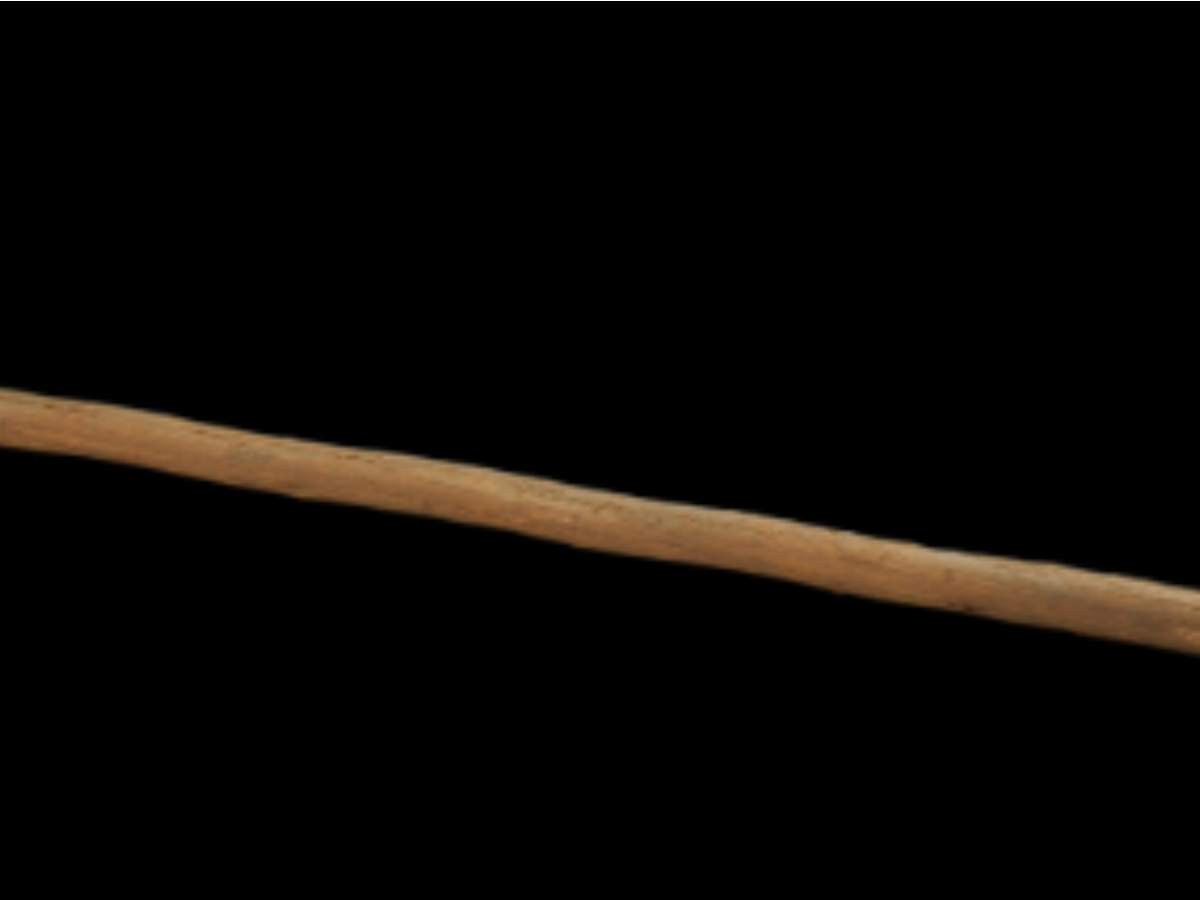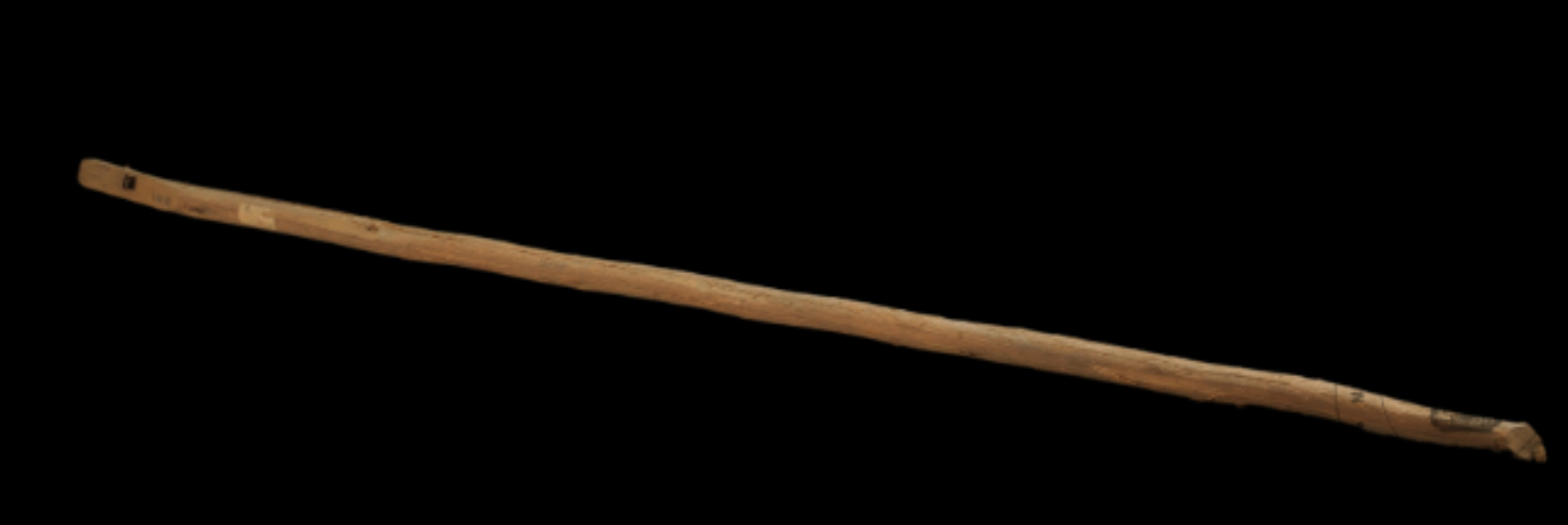State
Tribe Name
Art Type
short description
The Santal implements and tools reflect their deep association with nature and agriculture. Among these long wooden sticks indispensable to the Santal in their everyday activities. Traditionally, strong, robust hardwood is made into a round shape-somewhat with one end chiselled into different uses. This has many activities that serve for agricultural works, hunting, and daily work.
Thumbnail

Filter Postion
Left
Filter Background
Off
Theme
Filter Header Image

content
Image

description
The Santal implements and tools reflect their deep association with nature and agriculture. Among these long wooden sticks indispensable to the Santal in their everyday activities. Traditionally, strong, robust hardwood is made into a round shape-somewhat with one end chiselled into different uses. This has many activities that serve for agricultural works, hunting, and daily work.
With farmers as their purpose for digging soil and planting seeds, it is also used for supporting climbing crops, and with hunters and gatherers, as an addition to protection from wild animals.
Another important use is serving as a walking stick on foot and can travel through forests as well as rough terrains. This stick further has cultural meaning. Sometimes the stick plays a role in dance and traditional Santal music. During festivals as well as religious ceremonies, this act is striking the earth in rhythm-is done in the accompaniment of percussion instruments in the form of sticks.
The Santal use wooden sticks in martial dances and also traditional games, thereby situating it in diverse spheres of tribal life. This wooden stick is typically made of tough hardwood for durability and resistance to wear. It is almost cylindrical, with its one end shaped by carving for versatility in usage. It is used mainly in agriculture, hunting, and everyday tasks. Farmers use it to dig, plant, and prop up climbing plants plus hunters use it in defense against wild animals. It is also a good help in moving through the forest and rough terrains. Besides its practical utility, the wooden stick attains cultural significance. In Santal classical music and dance, sticks are ritually used for percussion.
With farmers as their purpose for digging soil and planting seeds, it is also used for supporting climbing crops, and with hunters and gatherers, as an addition to protection from wild animals.
Another important use is serving as a walking stick on foot and can travel through forests as well as rough terrains. This stick further has cultural meaning. Sometimes the stick plays a role in dance and traditional Santal music. During festivals as well as religious ceremonies, this act is striking the earth in rhythm-is done in the accompaniment of percussion instruments in the form of sticks.
The Santal use wooden sticks in martial dances and also traditional games, thereby situating it in diverse spheres of tribal life. This wooden stick is typically made of tough hardwood for durability and resistance to wear. It is almost cylindrical, with its one end shaped by carving for versatility in usage. It is used mainly in agriculture, hunting, and everyday tasks. Farmers use it to dig, plant, and prop up climbing plants plus hunters use it in defense against wild animals. It is also a good help in moving through the forest and rough terrains. Besides its practical utility, the wooden stick attains cultural significance. In Santal classical music and dance, sticks are ritually used for percussion.
Image Mode
landscape
promoted
On
Verified
Off
